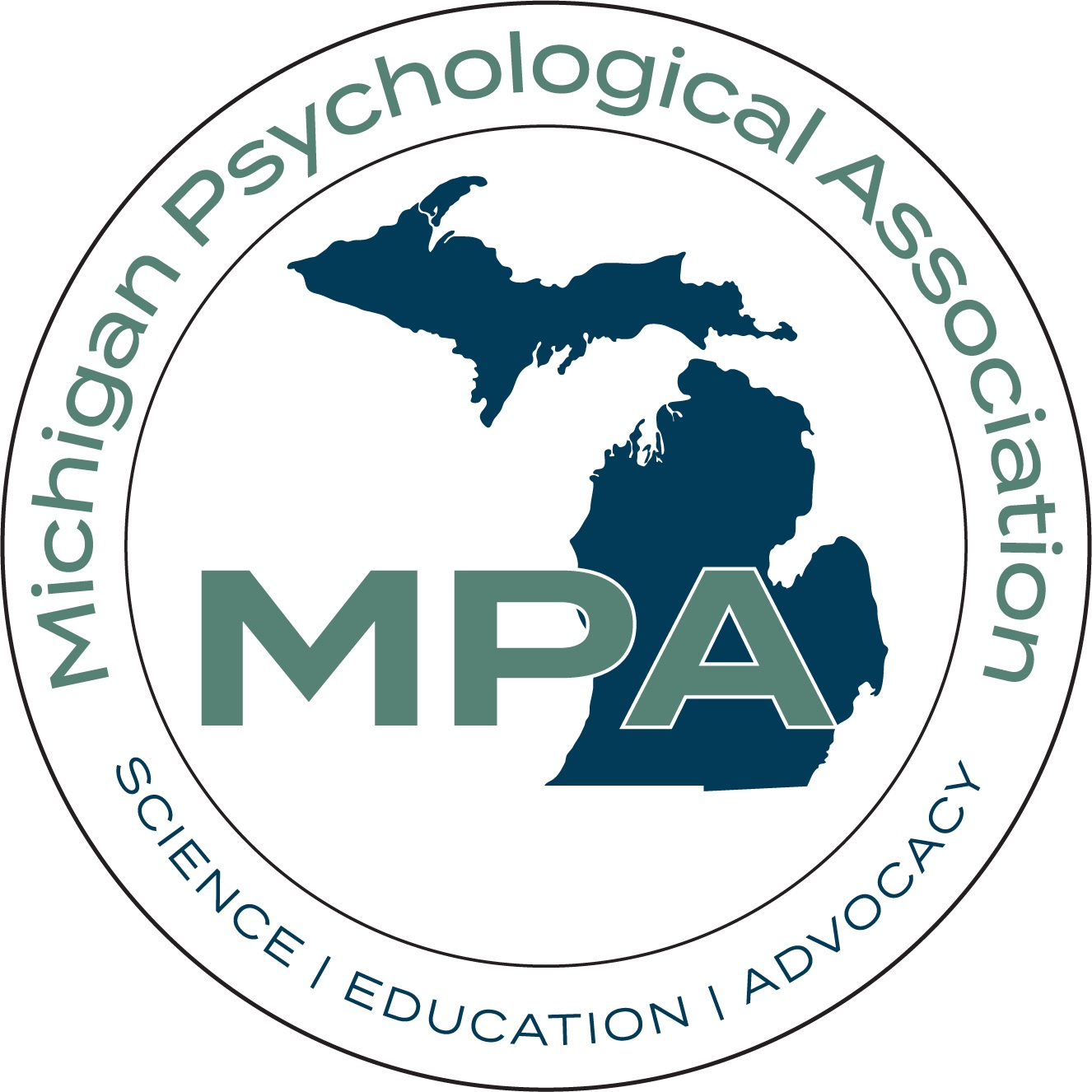Was there Greater Health Care Continuity Before or After the Pandemic?
What’s New in Psychology?
Was there Greater Health Care Continuity Before or After the Pandemic?
Jim Windell
Before the pandemic, 97% of psychotherapy visits were in person and approximately 35% of the visits were followed by a gap of more than 45 days. Such gaps are disruptive to psychotherapy and come about because clients with mental health conditions often miss health care appointments, fail to reschedule after missing an appointment or because they prematurely – albeit, temporarily – discontinue treatment.
In general, though, lapses in treatment can hinder overall improvement in mental health symptoms. Efforts to improve engagement in care are essential to promoting overall wellness among those receiving care.
But, what was the effect of the COVID-19 pandemic and the shift to telehealth on the continuity of mental health care? And was there more or less continuity after the pandemic? Did telehealth and virtual psychotherapy result in fewer gaps or more gaps in treatment?
Those were questions which were on the minds of researchers who looked at pre-pandemic and post-pandemic electronic health record and insurance claims data from three U.S. health systems. Moe than 110,000 patients with mental health conditions who were members of the health systems’ affiliated health plans and attended at least two psychotherapy visits from June 14, 2019, through December 15, 2020 were included in the study. The results of this research were recently published in Psychiatric Services, a journal of the American Psychiatric Association.
This large population-level research project found that after the onset of the COVID pandemic, when about half of all psychotherapy visits were via telehealth, patients with mental health conditions were less likely to have significant disruption in care. That is, there were fewer gaps of more than 45 days between psychotherapy appointments.
In the period after the onset of the pandemic, more than half of visits (52%) were virtual, and about 18% of visits were followed by a gap of more than 45 days. In addition, prior to the pandemic, the median time between visits was 27 days and after the pandemic it was 14 days. Thus, the study discovered, individuals were more likely to return for additional psychotherapy after the widespread shift to virtual care.
For all types of psychiatric diagnoses studied, and across sociodemographic characteristics, individuals experienced fewer disruptions in psychotherapy in the nine months after COVID-19 began compared to before. However, the magnitude of the difference in disruption varied across psychiatric diagnoses. Individuals with depressive, anxiety, or bipolar disorders were more likely to maintain consistent psychotherapy visits, whereas those with schizophrenia, ADHD, autism, conduct or disruptive disorders, dementia, or personality disorders were more likely to have a disruption in their visits.
Overall, the authors concluded that as a result of this research the continued availability of virtual psychotherapy when appropriate should be maintained.
To read the original study, find it with this reference:
Ahmedani, B. K., Yeh, H. H., Penfold, R. B., Simon, G. E., Miller-Matero, L. R., Akinyemi, E., Fallone, M., Patel, S., Beebani, G., Hooker, S. A., Owen-Smith, A., Knowlton, G., Levin, A., Eke-Usim, A., & Rossom, R. C. (2023). Psychotherapy Disruption Before and After the Transition to Virtual Mental Health Care Induced by the COVID-19 Pandemic. Psychiatric Services (Washington, D.C.), appips20230181. Advance online publication. https://doi.org/10.1176/appi.ps.20230181




